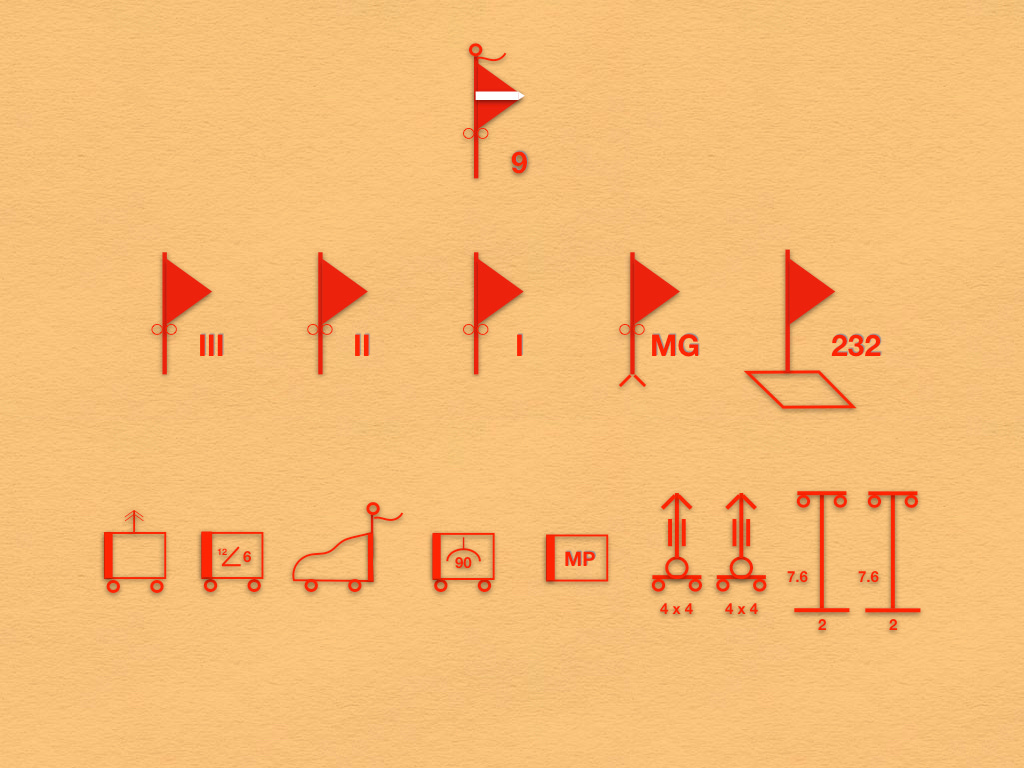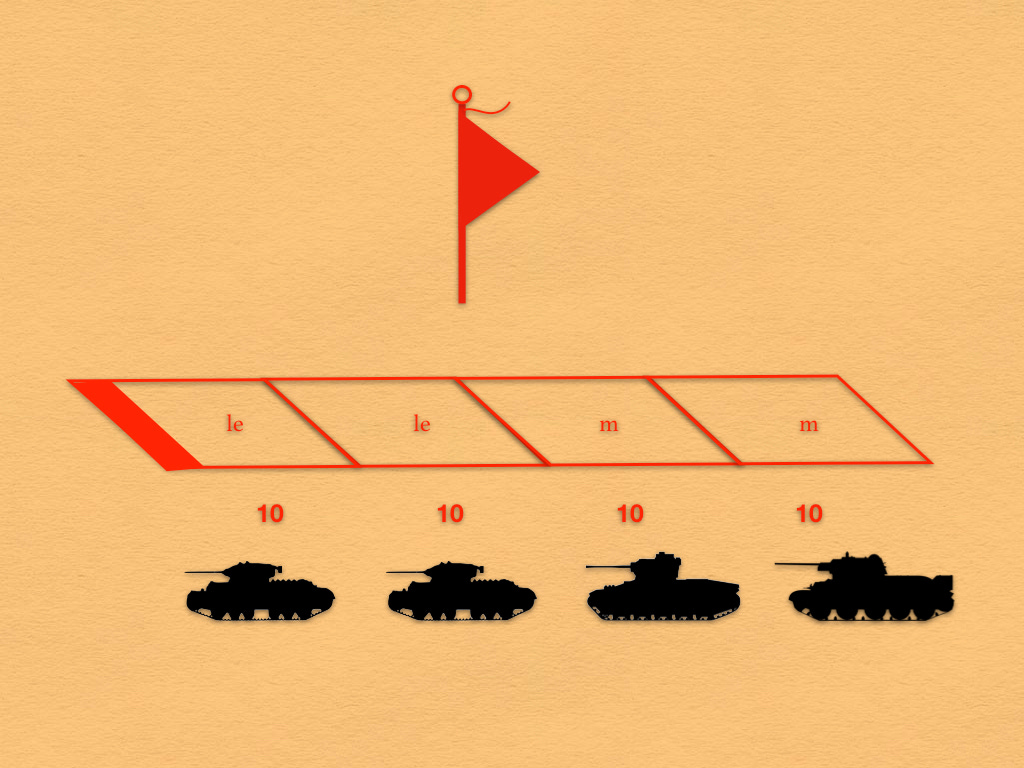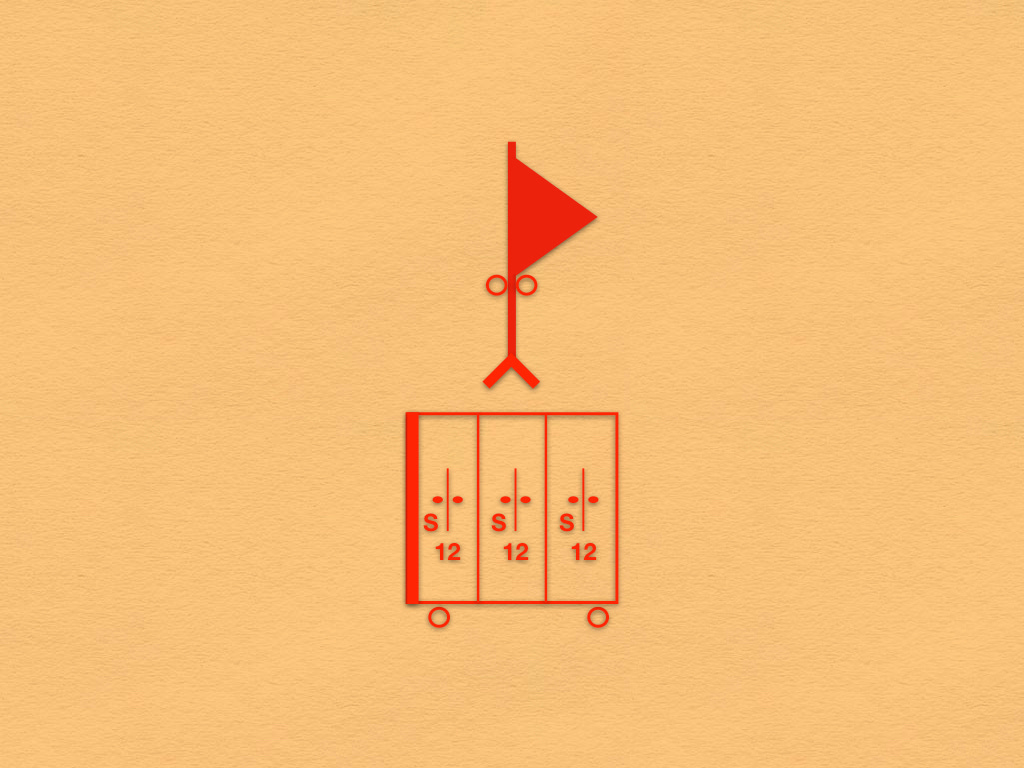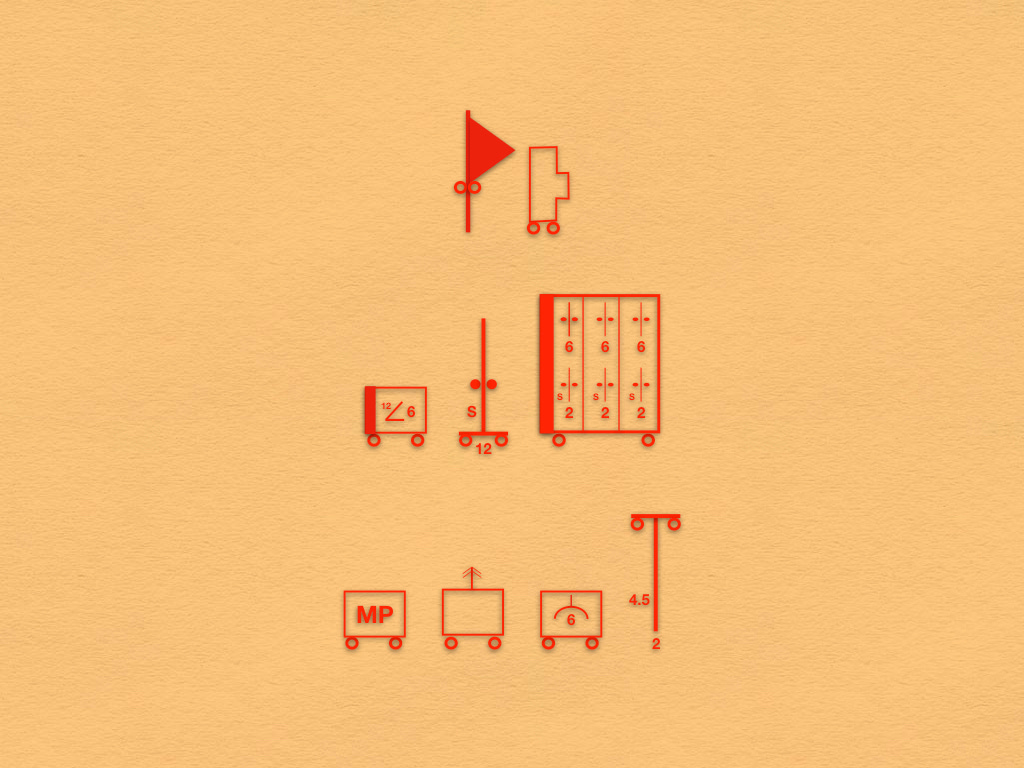A Red Army Brigade in 1943
During the night of 25 to 26 September, 1943, four Soviet soldiers from a unit that had been nearly annihilated during the previous month attempted to go over to the German side. Three were killed in the attempt. The fourth, Private Nikolai Duikow, though wounded, succeeded in reaching the lines of the German 342nd Infantry Divi- sion.
The tale told by Private Duikow to the German intelligence officer who interrogated him survives in the form of a three-page report that, among many other things, provides an interesting snapshot of Duikow’s unit, the 9th Motorized-Mechanized Brigade of the 5th Motorized-Mechanized Corps.
Losses
While Private Duikow’s report must be taken with a grain of salt, there are a number of items that bear repeating. The most striking of these is the number of times that the 9th Motorized-Mechanized Brigade had been destroyed and reconstituted.
At the beginning of September, 1943, the organic tank battalion (Tank Regiment 46) of the 9th Motorized-Mechanized Brigade could put two tanks into the field. Within a week, thirty-eight replacement tanks arrived, bringing the regiment up to its authorized strength of forty tanks. Two weeks after that, almost half of these tanks had been put out of action, leaving the regiment with twenty-four tanks.
Human losses were even more striking than the turnover in equipment. On the 25th of September, the 9th Motorized-Mechanized Brigade, with an establishment of over three thousand men, could muster only two hundred. Duikow’s company, one of the three rifle companies of the 1st Rifle Battalion, which had begun the month with ninety men, was down to eight. This meant that, after Duikow escaped and his three fellow deserters had been shot, the company, which had an authorized strength of one hundred and twenty-five, was left with four men.
Losses in neighboring units were also heavy. Tank Regiment 232, of the 2nd Motorized Mechanized Brigade, had likewise been recently resupplied with a full complement of forty tanks. By the 25th of September, it was down to fifteen such vehicles.
Despite the heavy losses in men, which might have been expected to improve the ratio between things to eat and mouths to feed, the food situation for the common Soviet soldier in Duikow’s unit was bad. In the period preceding his desertion, Duikow had spent three full days without eating. On the days when he was fed, he got 100 grams of rye bread and a bowl of watery potato soup. Occasionally, each man was also given 50 grams of sausage.
Organizational Philosophy
The fighting echelon of 9th Motorized-Mechanized Brigade consisted of five battalions and seven independent units of company size.1 With the exception of the three rifle battalions, each of which consisted of a variety of elements, these units were, in the words of the German intelligence officer writing the report, “thoroughbred” (reinrässig) organizations. That is, each unit consisted entirely of men who specialized in the operation of weapons of a single type. Thus, for example, the only crew-served weapons in the machine gun battalion were heavy machine guns.
Thanks, in part, to their thoroughbred character, most of the units of the 9th Motorized-Mechanized Brigade were smaller than their counter-parts in the German Army. (The latter were organized on the principle that each unit should have all of the elements that it needed to perform its definitive tasks on the battlefield. In other words, it would only need attachments in unusual circumstances.)
The organization of Soviet soldiers into thoroughbred units mitigated some the ill effects of the rapid turnover of personnel described by Private Duikow, and, in particular, simplified the work of the leaders of those units. At the same time, the practice complicated the work of the brigade commander, who was thereby obliged to manage twelve “direct reports.”
Independent Companies and Batteries
Each of the independent combatant companies of the 9th Motorized-Mechanized Brigade was a one-of-a-kind unit. That is, the formation possessed one pioneer company, one heavy mortar company, one armored car company, one anti-tank rifle company, one sub-machine gun company, one battery of eight 40mm anti-aircraft guns, and one battery of four 76.2mm regimental guns.
Of these seven companies, six were fully motorized. The one company that lacked a full complement of motor vehicles was the sub-machine gun unit. (This suggests the likelihood that the men of this unit were employed as tank riders.)
Thoroughbred Battalions
The tank battalion (“regiment”) consisted of four companies, each of which was equipped with one type of tank. Thus, the last time the battalion was reconstituted, it was provided with twenty Valentine tanks, ten Matilda tanks, and ten T-34 tanks. (If other German intelligence reports from 1943 are any indication, the high proportion of Lend-Lease tanks in this unit was “par for the course” for this period of the war.)
The machine gun battalion possessed three identical companies, each of which was armed with twelve rifle-caliber heavy machine guns. Unfortunately, the author of the report provided no information about the way that this unit might be used.
Rifle Battalions
The combat echelon of each of the rifle battalions of the 9th Motorized-Mechanized Brigade consisted of five companies and four independent platoons. Of the former, three were rifle companies (with six light machine guns and two heavy machine guns apiece), one was a machine gun company (with twelve heavy machine guns), and one was a heavy mortar company (with twelve 120mm mortars.) Of the latter, one was armed with two 45mm anti-tank guns. Another operated six anti-tank rifles. The third was a combat engineer unit. The fourth was armed exclusively with sub-machine guns.
The fact that submachine gun platoon was fully motorized suggests that it was employed for purposes other than “tank riding.” Similarly, the provision of six (rather than nine) light machine guns to each rifle company suggests the possibility that each unit of the latter sort consisted of five platoons - one heavy machine gun platoon, two rifle platoons (each of three squads), and a sub-machine gun platoon.
Source: Source: 342 I.D. Ic Nr. 330 of 27 Sept., 1943 and enclosed diagram, microfilmed at the U.S. National Archives, Series T-312, Roll 1361, Frames 730-2
One of the five battalions was described as a “tank regiment.” However, by the standards of the day, and, especially, those of the contemporary German Army, the four-company unit the functional equivalent of a battalion.






